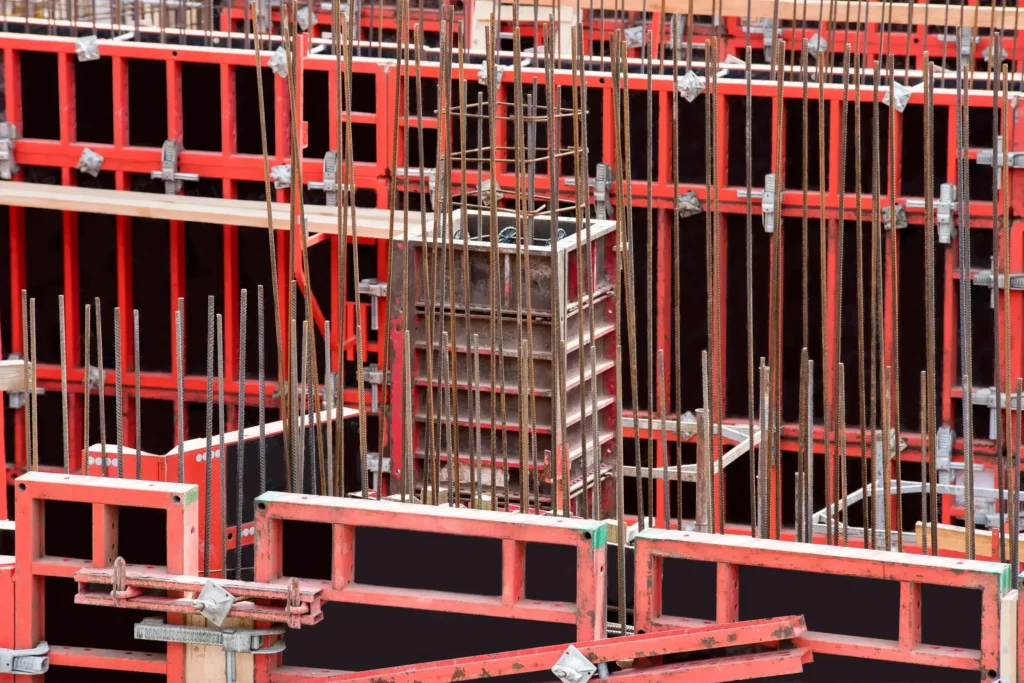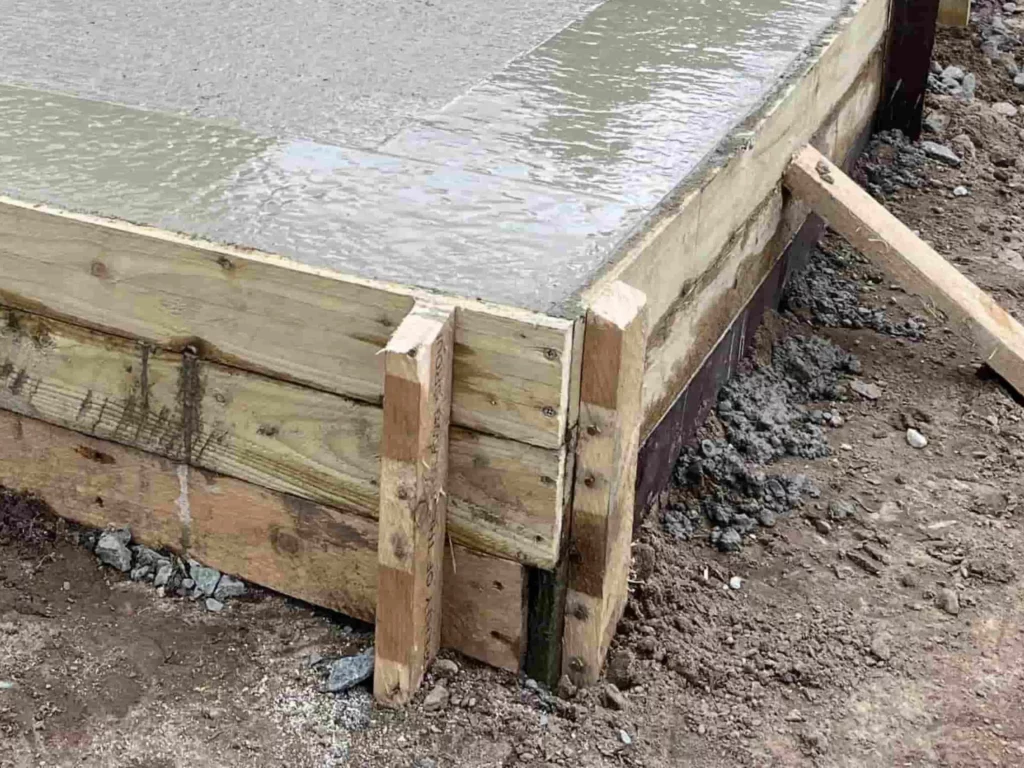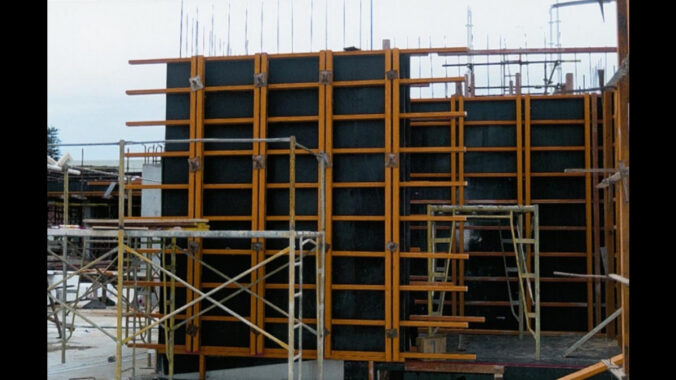LVL formwork is a popular choice for large-scale construction projects due to its durability and efficiency. Understanding the key aspects of LVL formwork installation is essential for ensuring a smooth construction process. In this guide, we will take you through the step-by-step installation process, as well as important pre-installation preparations and troubleshooting common issues that may arise. We will also discuss the maintenance and care required to keep your LVL formwork in optimal condition.
Understanding LVL Formwork
Before diving into the installation process, let’s take a closer look at what LVL formwork is. LVL, or Laminated Veneer Lumber, is a composite material made from multiple layers of thin wood veneers glued together. It is known for its high strength-to-weight ratio, making it an ideal choice for formwork in large-scale projects.
What is LVL Formwork?
LVL formwork consists of panels, LVL beam, and accessories made from LVL. These components are used to create temporary structures that support fresh concrete until it gains sufficient strength to bear its own weight. LVL formwork is lightweight, easy to assemble, and provides a smooth finish to concrete surfaces.

Furthermore, LVL formwork offers a high degree of customization, allowing construction teams to adapt the formwork to meet the specific requirements of each project. Whether constructing walls, columns, or slabs, LVL formwork can be tailored to accommodate various shapes and sizes, enhancing its versatility on the construction site.
Benefits of Using LVL Formwork in Large-Scale Projects
There are several advantages to using LVL formwork in large-scale projects. Firstly, its high strength allows it to withstand the pressure generated by fresh concrete. Additionally, LVL formwork is highly reusable, reducing the project’s overall cost and environmental impact. It also offers superior aesthetic appeal, producing a smooth and uniform concrete finish. Lastly, LVL formwork is compatible with various concrete types and can be easily adapted to different construction designs.
Moreover, the lightweight nature of LVL formwork not only simplifies transportation and installation processes but also enhances on-site safety by reducing the risk of strain-related injuries among construction workers. Its eco-friendly properties, stemming from the sustainable sourcing of wood veneers and the formwork’s reusability, align with modern construction practices that prioritize environmental responsibility.
Pre-Installation Preparations
Before beginning the installation process, it is important to gather the necessary tools and equipment. These include:
- Scaffoldings and ladder
- Hammer and nails
- Measuring tape and level
- Saw
- Drill and screws
- Protective gear (gloves, safety glasses, etc.)
Having the right tools at hand ensures a smooth and efficient installation process. Scaffoldings and ladders are essential for reaching high areas, while a hammer and nails are crucial for securing components in place. A measuring tape and level help ensure precision and accuracy, while a saw and drill are necessary for cutting and fixing materials. Wearing protective gear such as gloves and safety glasses protects workers from potential hazards and accidents.
Additionally, ensuring the safety of the workers involved in the installation process is crucial. Some safety measures to consider are:
- Proper training for workers
- Strict adherence to safety protocols
- Regular safety inspections
- Providing personal protective equipment
Proper training equips workers with the necessary skills and knowledge to handle tools and materials safely. Strict adherence to safety protocols, such as wearing helmets and harnesses when working at heights, minimizes the risk of accidents. Regular safety inspections of the work area and equipment help identify and address potential hazards promptly. Providing personal protective equipment, including helmets, gloves, and safety shoes, ensures that workers are adequately protected throughout the installation process.

Step-by-Step Installation Process
The installation of LVL formwork involves several key steps that need to be followed carefully. Let’s walk through the process:
Setting Up the Base
The first step is to prepare the base on which the formwork will be erected. This involves clearing the construction area of any debris and ensuring a level and stable surface. Adequate support, such as scaffoldings or strong foundations, should be in place to ensure the stability of the formwork system.
It is crucial to consider the load-bearing capacity of the base to support the weight of the formwork, concrete, and any construction workers who will be working on top of it. The base should be compacted and leveled to prevent any settlement or uneven surfaces that could compromise the integrity of the structure being built.
Assembling the LVL Formwork
Once the base is ready, it’s time to assemble the LVL formwork components. Follow the manufacturer’s instructions for the correct assembly process. Begin by laying out the panels according to the desired configuration, making sure they form a sturdy and continuous barrier. Use nails or screws to secure the panels together, ensuring tight and even joints.
When assembling the LVL formwork, pay close attention to the alignment of the panels to ensure straight walls and corners. Proper alignment is essential for achieving a smooth and uniform concrete finish once the pouring process begins. Additionally, check for any defects or damage in the formwork components before assembly to prevent issues during concrete placement.
Securing and Checking the Formwork
After the panels are assembled, secure them to the base using appropriate fasteners. Double-check the alignment and stability of the formwork, making any necessary adjustments. Ensure that the formwork is properly braced to resist the lateral forces exerted by the freshly poured concrete. Adequate support beams and diagonal bracings should be in place to provide structural integrity.
Regularly inspect the formwork during the concrete pouring process to ensure that it remains in place and can withstand the pressure of the liquid concrete. Any signs of movement or instability should be addressed immediately to prevent potential safety hazards and ensure the quality of the final concrete structure. Proper maintenance and monitoring of the formwork system are essential throughout the construction process to guarantee a successful and safe build.
Troubleshooting Common Installation Issues
Dealing with Misalignment
Misalignment can occur during the installation process, affecting the stability and integrity of the formwork. If you encounter misalignment, take immediate action to rectify the issue. This may involve adjusting or repositioning the panels, or using additional support to realign the formwork system. Addressing misalignment promptly will help ensure that the concrete structure remains structurally sound.
One common cause of misalignment is improper handling of the formwork panels during transportation or assembly. To avoid this issue, make sure to follow the manufacturer’s guidelines for handling and installing the formwork components. Additionally, using laser levels or string lines can help you achieve precise alignment and ensure that the formwork is set up correctly from the start.
Addressing Stability Issues
Stability issues can arise if the formwork is not properly secured or supported. In such cases, it is crucial to reinforce the formwork system to prevent collapse or movement during the concrete pouring process. Adding extra bracing, tie rods, or diagonal supports can significantly enhance the stability of the formwork.
Another factor that can impact the stability of the formwork is environmental conditions. Strong winds, heavy rain, or extreme temperatures can weaken the formwork structure and compromise its stability. To mitigate these risks, consider using wind bracings, waterproofing measures, or insulating materials to protect the formwork from external elements and maintain its integrity throughout the construction process.
Maintenance and Care for LVL Formwork
Regular maintenance and care are essential for prolonging the lifespan of your LVL formwork. Here are some key practices to follow:
Regular Inspection and Cleaning
Carry out periodic inspections to identify any signs of wear or damage. Check for loose connections, cracks, or splintering. Clean the formwork regularly to remove any concrete residues, dirt, or moisture that can potentially compromise its integrity.
During inspections, pay close attention to the joints and edges of the LVL formwork. These areas are more prone to damage due to repeated use and exposure to external elements. Proper cleaning not only maintains the appearance of the formwork but also prevents the accumulation of debris that could affect its structural stability over time.
Repairing and Replacing Damaged Parts
If any components of the LVL formwork system are damaged or worn out, it is important to repair or replace them promptly. Failure to address such issues can lead to compromised formwork performance and potential safety hazards. Consult the manufacturer’s guidelines for appropriate repair methods or contact a professional if needed.
Additionally, when replacing parts of the formwork, ensure that the new components are compatible with the existing system. Mismatched parts can affect the overall integrity of the formwork and compromise its load-bearing capacity. Prioritize using high-quality materials that meet industry standards to maintain the structural reliability of the formwork.
By following these installation and maintenance guidelines, you can ensure the successful installation and long-term performance of your LVL formwork in large-scale construction projects.
More to read: Actionable SEO Techniques for your SEO in Sydney

Leave a Reply